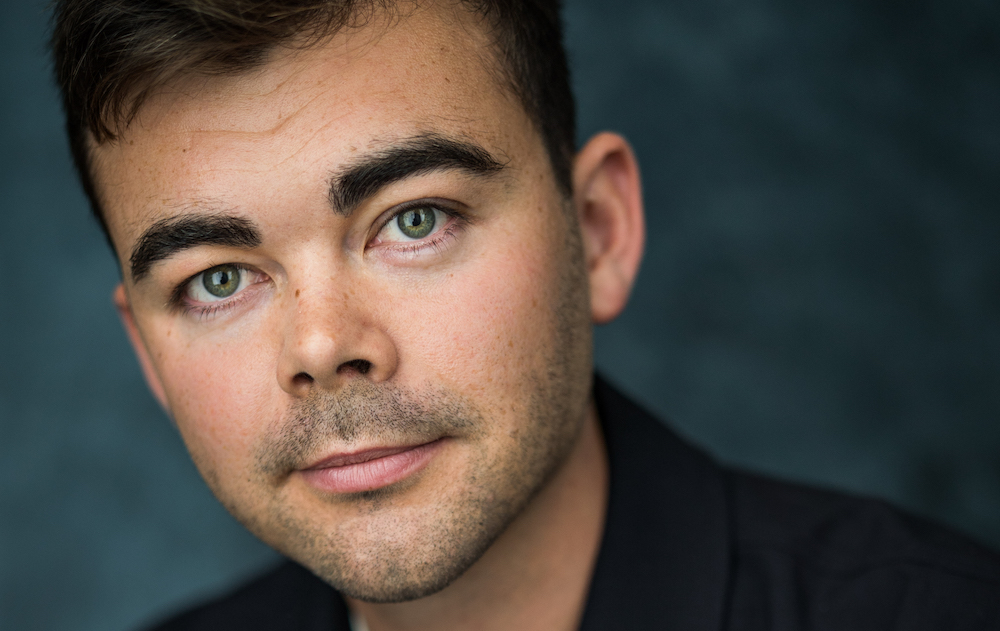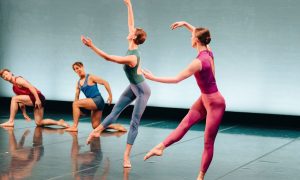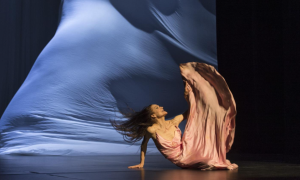Since 1931, the Royal Academy of Dance (RAD) has been organising a competition for young dancers trained under its auspices. However, unlike most intra-school events, the Academy’s version is both global and endowed with considerable cachet. Thus, when Andrew McNicol was invited to become the commissioned choreographer for this year’s iteration of The Fonteyn International Ballet Competition (formerly known as The Genée), his response was an emphatic yes.
As a Royal Ballet School alum, former winner of the Kenneth MacMillan Choreographic Competition and founder of the McNicol Ballet Collective, he is a big believer in the broader role of events like The Fonteyn. “One thing I fully support about competitions like this is the creative element, and giving young people the chance to experience new choreography and working with new artists,” he says, before adding, “Because creativity and new choreography are the lifeblood of our artform.”
Given RAD’s international student base, both the talent pool and the downstream opportunities for the competitors are huge; not least because they will be dancing under the watchful eye of luminaries like Dame Darcey Bussell and The Royal Ballet Director Kevin O’Hare.
“The process itself is a week-long period, and the competition element adds intensity and focus in the studio, but it’s also an opportunity for exposure to other artists, directors and leading figures in the industry,” McNicol explains.
If that also sounds like pressure for the dancers, working on The Fonteyn finals comes with a similarly well-defined set of expectations for the commissioned choreographer. Unpacking the remit, McNicol elaborates, “I’ll create two short solos. The challenge is to provide enough opportunity for the dancers to really showcase their brilliance, their musicality, mastery of technique and interpretation, and all in a short amount of time. The candidates are some of the best young dancers in the world, so I wanted to make something that did their talent justice.”
Here again, an unusual challenge awaits. “Not knowing the dancers means I also need to choreograph something that can work for a range of different dancers; so I need to include moments that are more adagio and contrasted with speed and exactitude.”
Although making work within such tight parameters is not the norm for choreographers like McNicol, there are elements of The Fonteyn week that will more closely follow the typical dancemaking practise. “It’s a chance to give dancers the experience of working creatively with a choreographer in the studio and giving them the tools to be a valuable contributor during that process,” he notes. “These skills are fundamental for young dancers.”
From a personal and artistic perspective, working with The Fonteyn finalists is something that McNicol is clearly looking forward to. “I’m really interested in being in the studio with these young dancers,” he reveals. “Learning from them, understanding why they’re interested in ballet. What attracts them to this artform, as opposed to other forms of dance? What are their priorities? How are they thinking about ballet as a language and form of expression? And then, for me to share my perspective. It’s this exchange that I find really interesting.”
In short, he describes his role in the process as being to provide “fuel, images and ideas” for both dancers and judges. Imagined this way, competitions like The Fonteyn can transcend the often-reductive objectives of ‘talent-search’ and create an opportunity for a present/future dialogue. For ballet in particular – where questions of relevance and inclusivity are never far beneath the surface – the regenerative benefits of such inter-generational conversation may be considered mission critical.
Recalling how his earlier participation and ultimate success in a choreographic competition fed into his own career arc, McNicol understands that the impact of The Fonteyn goes beyond the winning. “I’m just delighted to be at this year’s competition, and to get dancers from around the world together to share the joy of dance, develop their artistry, and help make brilliant memories for them.”
Dame Margot herself would surely have approved.
By Paul Ransom of Dance Informa.














